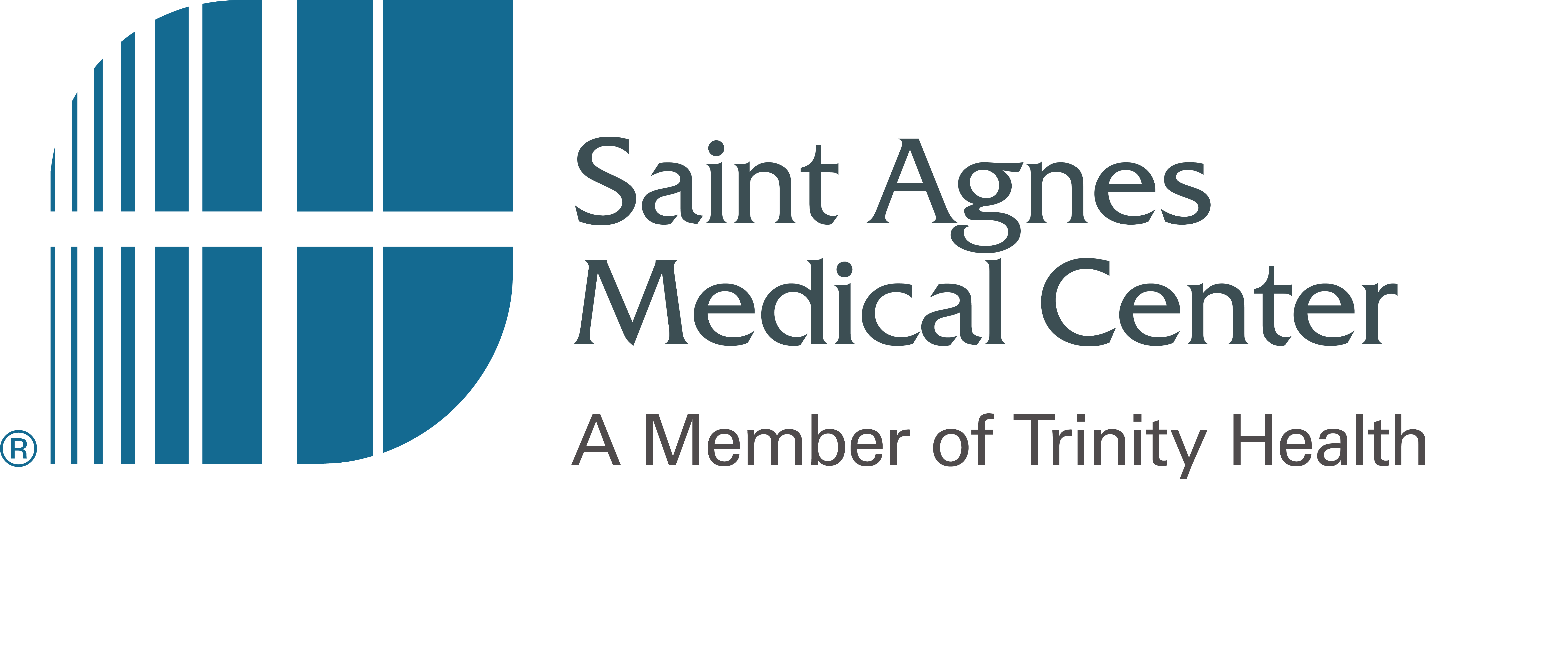Breast cancer affects everybody
October 25, 2024
In recognition of Breast Cancer Awareness month, it’s important to know what can affect your risk of developing breast cancer.
Breast cancer is the second most common cancer in women after skin cancer—but did you know it can also affect men? In fact, men make up one percent of all breast cancer diagnoses. A common misconception is that men don’t have breast tissue. Men have a thin, less visible layer of tissue in the chest containing the same glands and ducts, which, just like women, can be affected by cancer.
Understanding breast cancer
The breast is made up of several parts: the lobules, which are milk-producing glands; ducts that carry the milk; and connective tissue (both fatty and fibrous). Like all cancers, breast cancer occurs when cells rapidly start growing out of control. These cells can form a tumor which can either be benign or malignant. If the tumor is malignant, the cells can invade and move to other parts of the body.
Symptoms of breast cancer
Early-stage breast cancer usually has no symptoms. If you do experience any noticeable physical change in breast appearance, you should contact your doctor immediately, as this may indicate a later-stage breast cancer. These changes include:
- A lump in your breast tissue, near the nipple or in the armpit
- Skin on your breast that looks dimpled or pitted
- Red, flaky or scaly skin on your breast
- Pain or tenderness in your chest or underarm
- Nipple discharge
Common risk factors
Studies have helped give us a clearer picture of what puts you at risk for breast cancer. Many risk factors are the same for men and women but there are a few that are unique to each gender
Risk factors for everyone
- Being age 50 or older (60 or older for men)
- Family history of breast or ovarian cancer
- Gene mutations such as the BRCA-1 and BRCA-2
- Previous radiation therapy in the chest area
- Lack of physical activity
- Obesity
- Alcohol consumption
Risk factors for women
- Having dense breast tissue
- Prior non-cancer conditions like fibrosis
- Starting menstruation at an early age
- Going through menopause late in life
Risk factors for men
- Estrogen treatment (used to treat prostate cancer)
- Being born with one or both testicles undescended
- Having diseases that cause increased estrogen levels (e.g., liver disease or Klinefelter syndrome)
Talk with your doctor
If you notice changes to your breasts or any signs of breast cancer, it's important to see your primary care provider quickly.
Early diagnosis and treatment are vital to a positive outcome. If you have concerns about your cancer risk, talk with your doctor and follow any recommendations for regular screenings. Women 40 or older should get yearly screening mammograms for maximum prevention.

Find a Primary Care Provider
Find a primary care provider now. Don't have a primary care physician? Establish with a Saint Agnes Care provider and take control of your health
Schedule Today